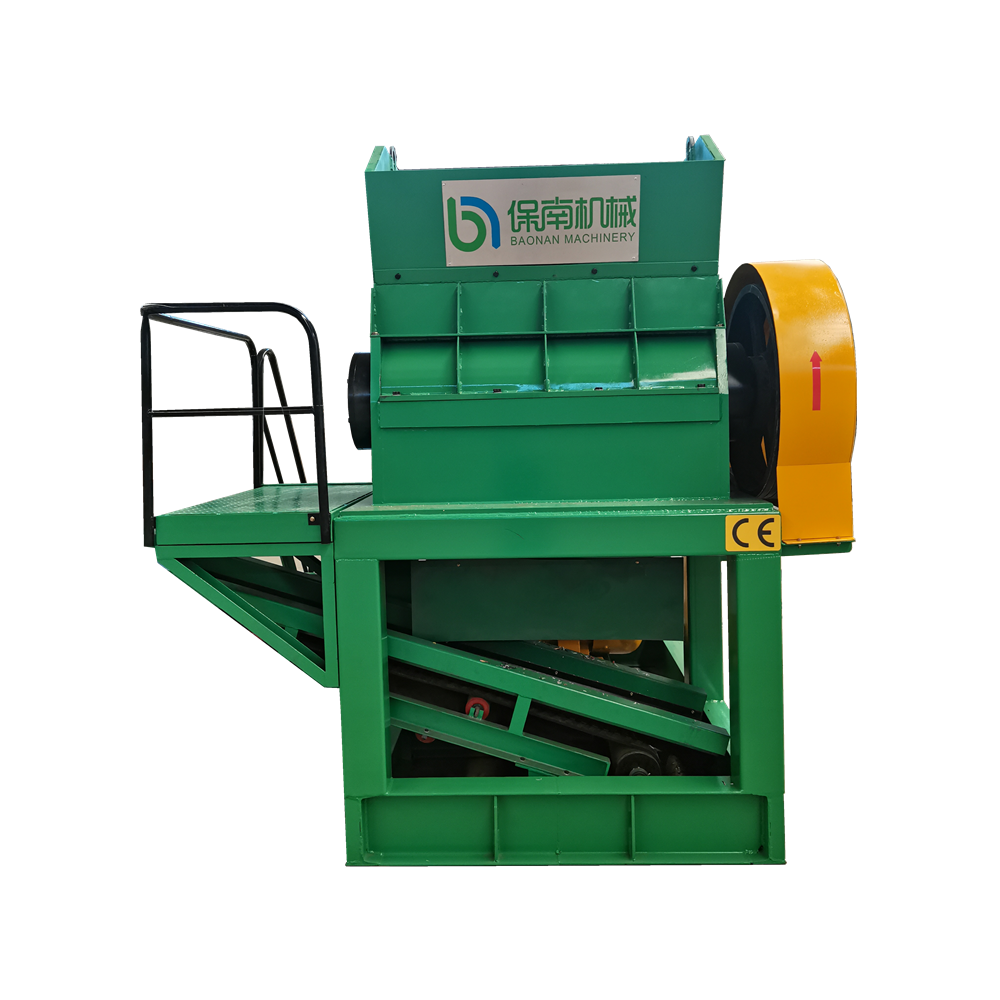
9 月 . 21, 2024 16:31 Back to list
How to Recycle Printed Circuit Boards (PCBs)
As the demand for electronic devices continues to grow, so does the need for effective recycling methods for the components that make these devices functional. One such vital component is the printed circuit board (PCB), which serves as the backbone for most electronic systems. Recycling PCBs is crucial not only for environmental sustainability but also for recovering valuable materials. Here’s a comprehensive guide on how to effectively recycle PCBs.
Understanding PCBs
Printed circuit boards are composed of various materials, including metals, plastics, and glass fibers. These materials can be harmful to the environment if not disposed of correctly. Traditional disposal methods, such as landfilling, contribute to pollution and resource depletion. Hence, recycling is a more responsible approach, which not only mitigates environmental impact but also helps recover metals like gold, copper, and silver.
Step 1 Collection
The first step in the recycling process is to collect the PCB waste. This can include old computers, smartphones, and other electronic devices that are no longer functional. Many electronic retailers and waste management companies offer drop-off points for e-waste, making it easy for individuals and businesses to dispose of their old electronics responsibly.
Step 2 Sorting and Dismantling
Once collected, the e-waste must be sorted. This typically involves dismantling devices to access the PCBs. It is advisable to use proper safety equipment like gloves and goggles during this process, as some components can be hazardous. The sorted PCBs should then be separated based on their material composition, including those with high-value metals versus those with less valuable materials.

Step 3 Mechanical Processing
After sorting, the PCBs undergo mechanical processing. This often involves shredding the boards into smaller pieces to facilitate further processing. The shredded materials can then be screened to separate metals from non-metallic materials. The goal during this phase is to maximize recovery rates of valuable metals while minimizing waste.
Step 4 Chemical Processing
Once the metals are separated, chemical processes may be employed to extract higher concentrations of metals. This may involve leaching solutions that selectively dissolve metals, allowing for easier collection and purification. The chemistry involved can vary depending on the type of metals being recovered and the specific techniques used by the recycling facility.
Step 5 Refining and Reusing Materials
The final step in the recycling process is refining the extracted metals. This may involve further purification processes to achieve the desired quality of metal bars or powders. Once purified, these materials can be reused in the manufacturing of new electronic devices or other applications, thus completing the recycling loop.
Conclusion
Recycling printed circuit boards is an essential aspect of managing electronic waste. By properly collecting, sorting, dismantling, processing, and refining PCBs, we can reduce environmental harm, conserve natural resources, and contribute to a more sustainable future. Individuals and organizations alike must recognize the importance of recycling electronics and actively engage in responsible disposal practices to foster a circular economy. Together, we can make a difference in how we handle e-waste and support the recovery of valuable materials from our electronic devices.
Latest news
Unveiling the Power of Eddy Current Separator
NewsSep.25,2024
Transform Your Home Recyclin:home metal shredder
NewsSep.25,2024
The Future of Waste Management with Recycling Line Picker
NewsSep.25,2024
The Benefits of a Metal Recycling Plant
NewsSep.25,2024
Revolutionize Material Separation with Onwang Technology
NewsSep.25,2024
Innovative Waste Management: Unveiling the MSW Sorting Plant
NewsSep.25,2024